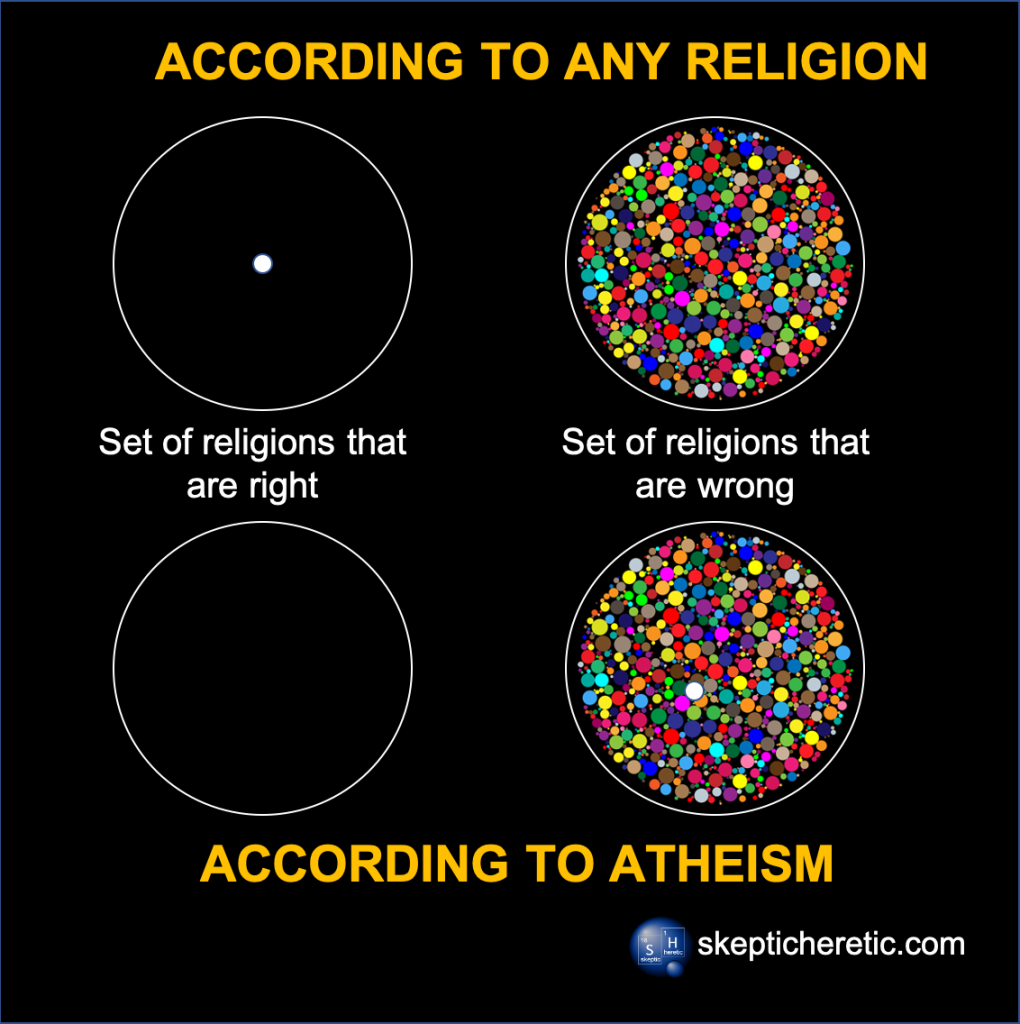Religiousnesses

“[There exist different] kinds of religious identities: the identity of the zealot, of the faithful, … of the religious ideologue …, religion as lived spirituality …, spiritless religiosity and religion as pastiche …
1. Religion as faith … is a form of love, trust, belief, or way of life. It can be monolithic or pluralistic, universalizing or particularizing, and divisive or integrative…
2. The ideologization of religion begins when the certainty of faith begins to totter. … the religious ideologue has already lost his religious identity or else he is in the process of losing it. His actions are guided more and more by desires, by economic or political interests. He may offer a religious explanation for everything he does but that reason is not causally efficacious. … [Nevertheless, he still] believes that high ideals inform his action. …
3.The zealot, on the other hand, is cynical, instrumentalist, and a political realist. … [He has accepted that the moment of faith, perhaps even of religious ideology, has passed. He is possibly aware that both are dead, buried, and at best, can be revived in an altogether different form. … He selects the eternal fundamentals of his religion by which his life and the life of all others will be guided in the future.] …
4.Spiritless religion [is] … a body of religious practices from which the original, living impulse has been wrenched … the body remains but the original spirit has evaporated …
5. From what I call religion as pastiche, both the original body and intent are gone and a very poor imitation of the original impulse inhabits an entirely new set of practices. … Unlike parody that has a latent understanding that something normal exists of which it is a comic imitation … pastiche is irrevocably delinked from it. It simply has no idea of what it is imitating. … Pastiche … is the imitation of an imitation of religiosity, in a heavy, laboured form … Curiously, it is part of a general nostalgia of things past … Those with a penchant for pastiche religion … are on a trip of self-expression: people in search of a religious identity. …
6. Religion as lived spirituality … is distinct from both metaphysics and morality, from speculation and practice. … its essence is neither thinking nor acting but intuition and feeling … the intuition that the infinite accompanies the finite, the powerful but immediate feeling that the human world is not disconnected from the rest of the universe. … A person with such a religious identity is contemplative and tolerant. …
In so far as modernity is tied to industrialism and capitalism, they are liable to disrupt traditional faith, its plurality as well as its privileged, self-evident authority. … Trust, unconditional obligation, the voluntary surrender of choice, powerful emotions such as love that once turned belief into faith and conviction gradually give way to reason and doubt. In these changed circumstances, belief must be supported by evidence or argument and when neither is available, it must try to stand on its own. It is this wobbly self-reliance, however, that makes it belligerent, dogmatic, and doctrinal. Modernity often turns traditional faith into a set of doctrines. …”
aus: Rajeev Bhargava: Religious and secular identities. In: ders: What is Political Theory and why do we need it? New Delhi: Oxford, S.274-290.
Abb.: Sceptic Heretic, im Internet.
10/17